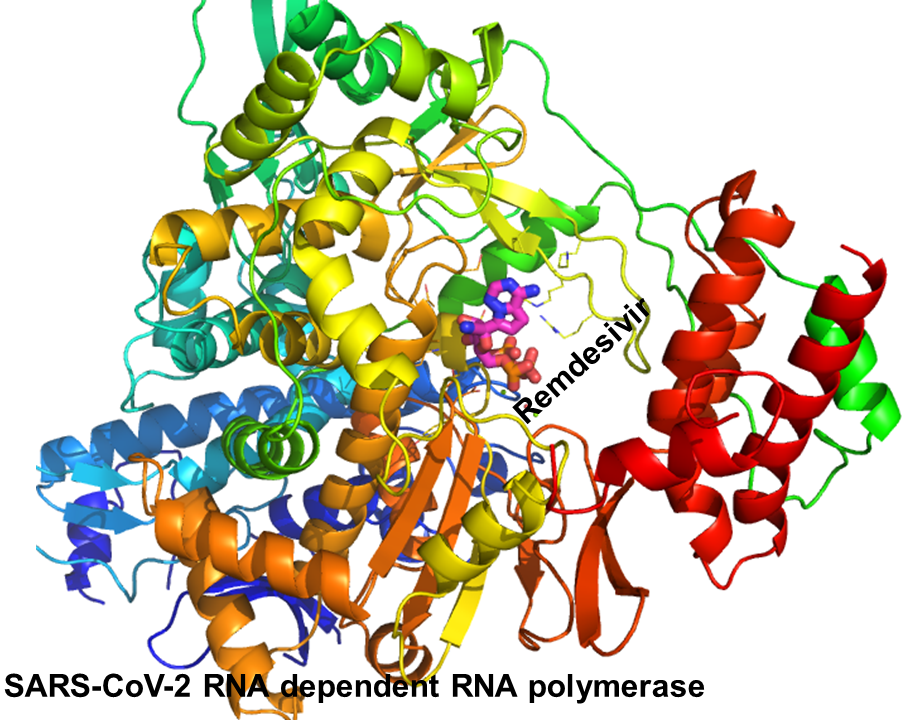Nanoscience involves the study of the control of matter on an atomic and molecular scale. This molecular level investigation is at a range usually below 100 nm. In simple terms, a nanometer is one billionth of a meter and the properties of materials at this atomic or subatomic level differ significantly from properties of the same materials at larger sizes. Although, the initial properties of nano materials studied were for its physical, mechanical, electrical, magnetic, chemical and biological applications, recently, attention has been geared towards its pharmaceutical application, especially in the area of drug delivery. According to the definition from NNI (National Nanotechnology Initiative), nanoparticles are structures of sizes ranging from 1 to 100 nm in at least one dimension. However, the prefix “nano” is commonly used for particles that are up to several hundred nanometers in size. Nanocarriers with optimized physicochemical and biological properties are taken up by cells more easily than larger molecules, so they can be successfully used as delivery tools for currently available bioactive compounds.
Cell-specific targeting can be achieved by attaching drugs to individually designed carriers. Recent developments in nanotechnology have shown that nanoparticles (structures smaller than 100 nm in at least one dimension) have a great potential as drug carriers. Due to their small sizes, the nanostructures exhibit unique physicochemical and biological properties (e.g., an enhanced reactive area as well as an ability to cross cell and tissue barriers) that make them a favorable material for biomedical applications. It is difficult to use large size materials in drug delivery because of their poor bioavailability, in vivo solubility, stability, intestinal absorption, sustained and targeted delivery, plasma fluctuations, therapeutic effectiveness etc. To overcome these challenges nanodrug delivery have been designed through the development and fabrication of nanostructures. Nanoparticles have the ability to penetrate tissues, and are easily taken up by cells, which allows efficient delivery of drugs to target site of action. Uptake of nanostructures has been reported to be 15–250 times greater than that of microparticles in the 1–10 um range. Nanoparticles can mimic or alter biological processes (e.g., infection, tissue engineering, de novo synthesis, etc. These devices include, but not limited to, functionalized carbon nanotubes, nanofibers, self-assembling polymeric nano constructs, nanomembranes, and nano-sized silicon chips for drug, protein, nucleic acid, or peptide delivery and release, and biosensors and laboratory diagnostics. Various polymers have been used in the design of drug delivery system as they can effectively deliver the drug to a target site and thus increase the therapeutic benefit, while minimizing side effects. The controlled release (CR) of pharmacologically active agents to the specific site of action at the therapeutically optimal rateand dose regimen has been a major goal in designing such devices. The drug is dissolved, entrapped, encapsulated or attached to a NP matrix and depending upon the method of preparation, nanoparticles, nanospheres or nanocapsules can be obtained. Nanocapsules are vesicular systems in which the drug is confined to a cavity surrounded by a unique polymer membrane, while nanospheres are matrix systems in which the drug is physically and uniformly dispersed. Biodegradable polymeric nanoparticles have attracted considerable attention as potential drug delivery devices in view of their applications in the controlled release of drugs, their ability to target particular organs/tissues, as carriers of DNA in gene therapy, and in their ability to deliver proteins, peptides and genes through a per oral route of administration. Recent advances in the application of nanotechnology in medicine, often referred to as nanomedicine, may revolutionize our approach to healthcare. Cancer nanotechnology is a relatively novel interdisciplinary area of comprehensive research that combines the basic sciences, like biology and chemistry, with engineering and medicine. Nanotechnology involves creating and utilizing the constructs of variable chemistry and architecture with dimensions at the nanoscale level comparable to those of biomolecules or biological vesicles in the human body. Operating with sub-molecular interactions, it offers the potential for unique and novel approaches with a broad spectrum of applications in cancer treatment including areas such as diagnostics, therapeutics, and prognostics.
Nanotechnology also opens pathways to developing new and efficient therapeutic approaches to cancer treatment that can overcome numerous barriers posed by the human body compared to conventional approaches. Improvement in chemotherapeutic delivery through enhanced solubility and prolonged retention time has been the focus of research in nanomedicine. The submicroscopic size and flexibility of nanoparticles offer the promise of selective tumor access. Formulated from a variety of substances, nanoparticles are configured to transport myriad substances in a controlled and targeted fashion to malignant cells while minimizing the damage to normal cells. They are designed and developed to take advantage of the morphology and characteristics of a malignant tumor, such as leaky tumor vasculature, specific cell surface antigen expression, and rapid proliferation.
Nanotechnology offers a revolutionary role in both diagnostics (imaging, immune-detection) and treatment (radiation therapy, chemotherapy, immunotherapy, thermotherapy, photodynamic therapy, and anti-angiogenesis). Moreover, nanoparticles may be designed to offer a multifunctional approach operating simultaneously as an effective and efficient anticancer drug as well as an imaging material to evaluate the efficacy of the drug for treatment follow-up. In recent years, nanomedicine has exhibited strong promise and progress in radically changing the approach to cancer detection and treatment.








